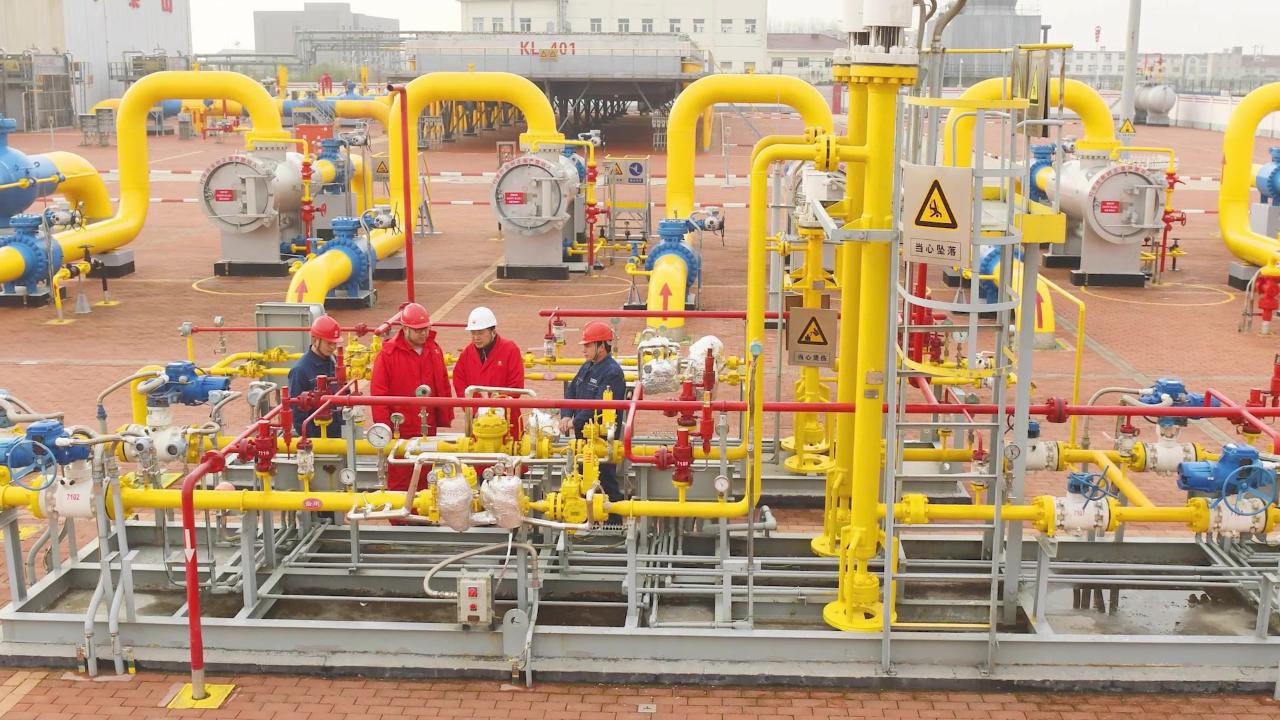
Market Minute: LNG Infrastructure Expansion in 2025
Just as in 2024, energy bulls remain optimistic about the long-term outlook for liquefied natural gas (LNG). For those unfamiliar, liquefied natural gas is natural gas that has been cooled to -260 degrees Fahrenheit. This process requires specialized equipment and is necessary to both liquefy and transport natural gas efficiently as exports to other countries.
LNG has garnered significant enthusiasm over the past several years, largely due to diminishing natural gas flows from Russia to Europe caused by the Russia-Ukraine war. Additionally, LNG’s scalability makes it a more efficient option for transporting natural gas. The United States, with its abundant natural gas reserves, often faces situations where excess supplies are flared (burned off) because capturing and transporting the gas via pipelines is not always economically feasible.
With the change in presidential administrations, expectations are high for expedited permitting and favorable regulations across the energy market. LNG, in particular, may receive focused attention due to its geopolitical implications. It is arguably one of the most significant economic levers the United States can use in the coming months and years.
However, LNG remains relatively expensive, primarily due to a lack of infrastructure and the limited availability of specialized tankers required to transport it. Addressing these challenges will be crucial for the U.S. to capitalize on LNG’s potential as a strategic and economic resource.
Featured clips




Charles Schwab and all third parties mentioned are separate and unaffiliated, and are not responsible for one another's policies, services or opinions.

